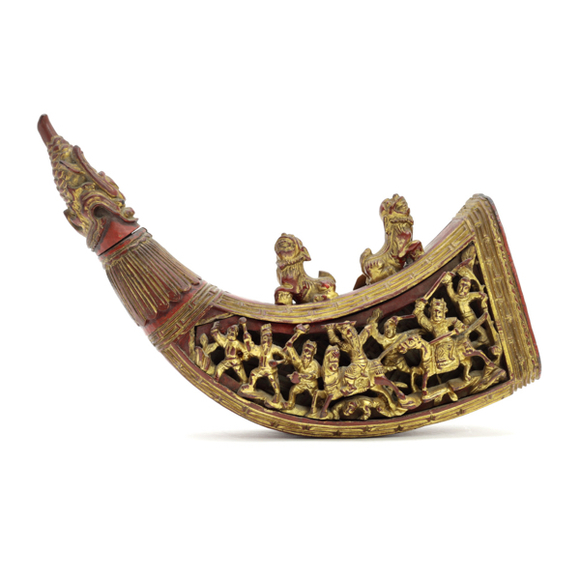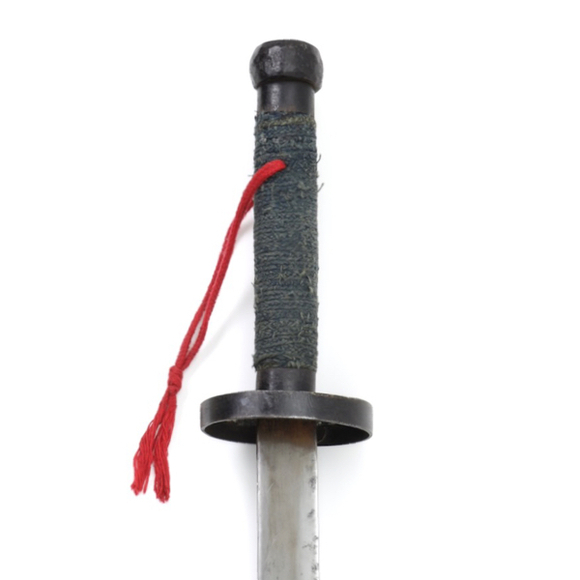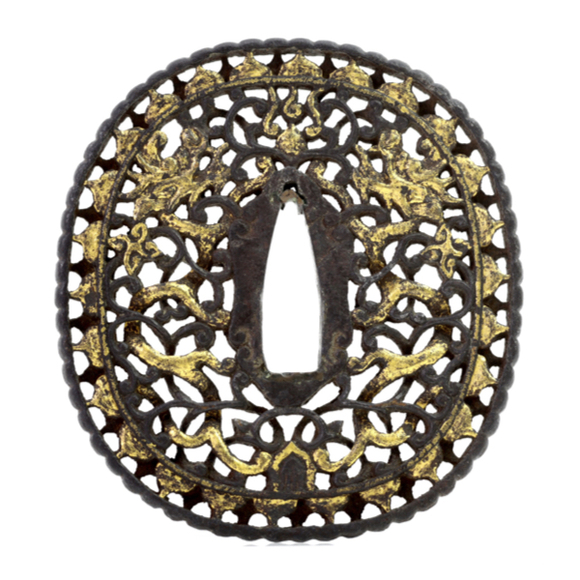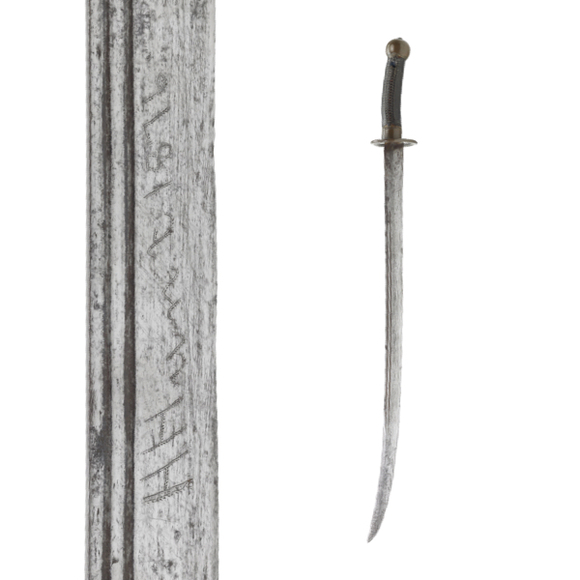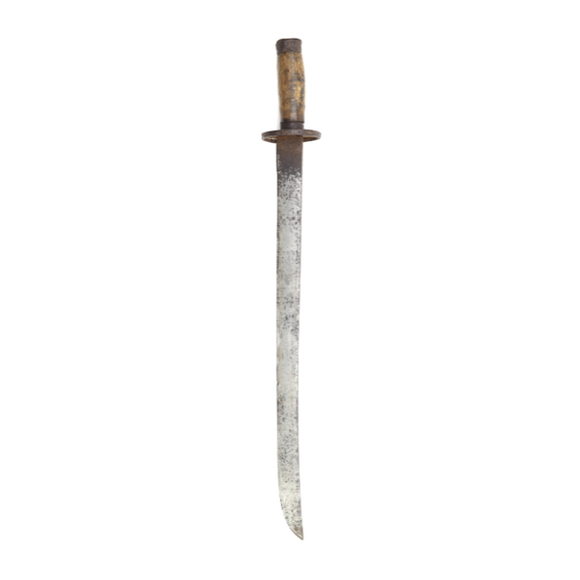Language: Manchu
Origin of term: Classical literature
Description
Niru in Manchu means arrow, in particular, a type of broadhead.1

 A late 17th / early 18th century Manchu arrow of the niru type. Personal collection.
A late 17th / early 18th century Manchu arrow of the niru type. Personal collection.
Most niru were hunting arrows. Their wide heads did more damage to an unprotected target but had limited penetrative power through protection. Some special narrower niru were in use in the military as well, probably used to do more damage on lesser protected targets.2
In Chinese, such arrows were called pī jiàn (披箭) or the more archaic pī jiàn (鈚箭) used in the Qianlong period Huangchao Liqi Tushi (皇朝禮器圖式), or "Illustrated Regulations on the Ceremonial Paraphernalia of the Dynasty".3
Companies and their commanders
Niru was also used in the Manchu military, where it was the name of a company of up to 300 men under one of the Eight Banners. The name may have derived from the fact that commanders were bestowed special "command arrows". These were oversized arrows that were an emblem of rank and authority. A company commander, equivalent to "captain" of such a company was also called niru.4
Notes
1. Tongwen Guanghui Quanshu (同文廣彚全書) or "Enlarged and complete dictionary" A Qing imperial dictionary in Chinese and Manchu of 1704. Each entry double checked and approved by the Kangxi emperor. And Wuti Qingwen Jian (五體清文鑑) or "Five languages compendium" A Qing imperial dictionary in Manchu, Mongolian, Uighur, Tibetan and Chinese of 1766. Published under the Qianlong emperor.
2. Yun Lu (允祿), et al, editors; Huangchao liqi tushi (皇朝禮器圖式) or "Illustrated Ceremonial Paraphernalia for our Dynasty", 1766 woodblock print edition, based on a 1759 manuscript. Chapter 14. (British Library, 15300.e.1)
3. Ibid.
4. Mark C. Elliott, The Manchu Way. Stanford University Press, 2001.



